Put the weeds in your yard or garden to good use! Learn to make a healing dandelion salve from dandelion-infused oil. Great for soothing dry, cracked skin, easing muscle tension, and even helping with eczema. (Source)
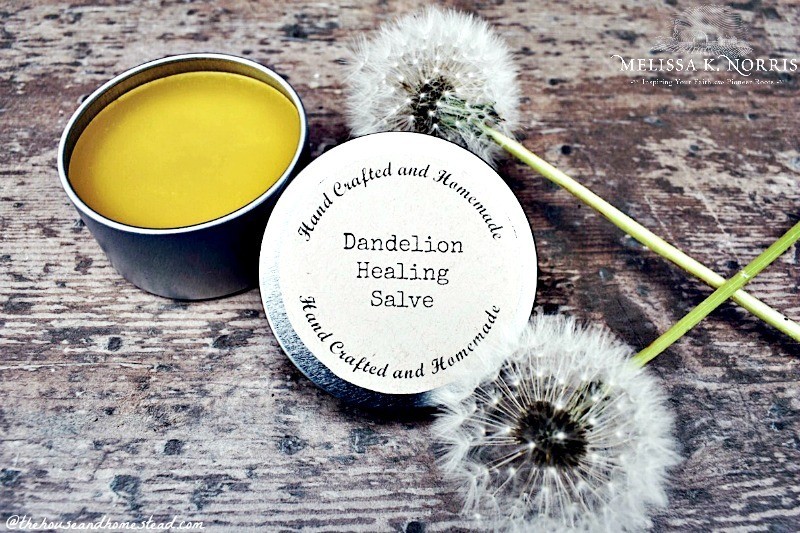
To those who strive for perfect golf course-like green grass, dandelions become a nuisance, and people often use all sorts of nasty chemical herbicides to get rid of them.
But, using one of nature’s most prolific plants to create a healing salve offers a satisfying and beneficial option for these happy weeds. Dandelions, the first spring weeds to pop up all over lawns across America, can aid in a surprising number of discomforts and ailments.
You can put the weeds in your lawn or garden to good use. Read more to learn how to make a healing dandelion salve from dandelion-infused oil. If you’re looking for an herbal salve recipe for dry skin, I’ve got you covered with that, too!
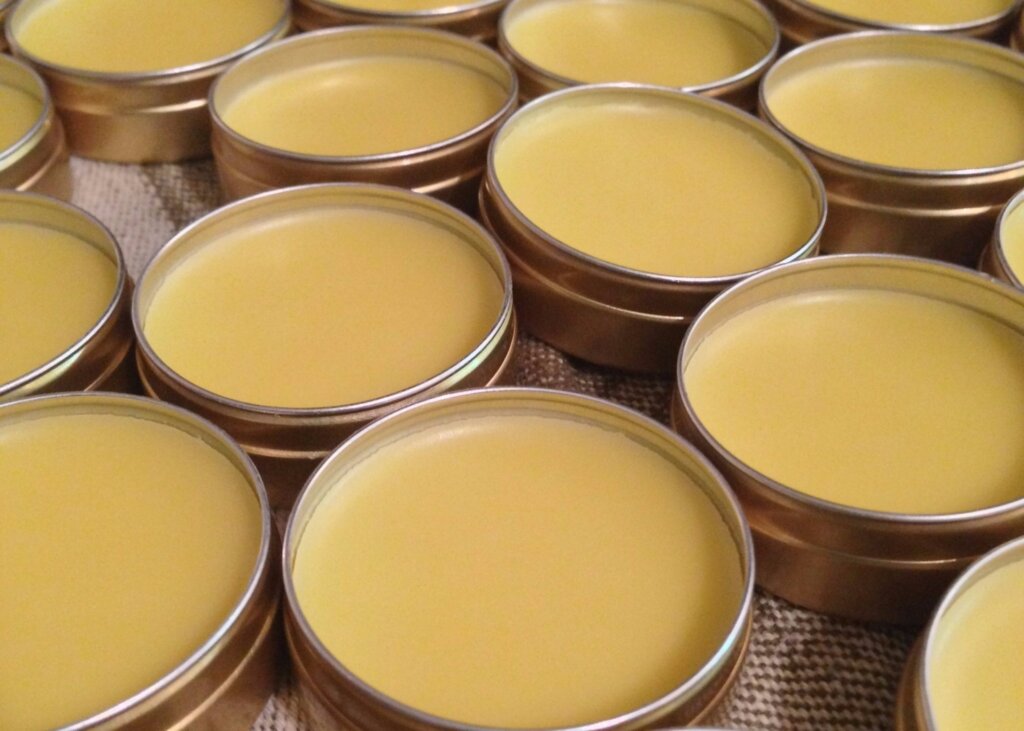
Why I Love Dandelion Salve
Dandelions are one of my favorite medicinal weeds. They were brought to North America by European immigrants a few hundred years ago because these newcomers knew the true value of these “weeds.”
Not only are dandelions actually quite a beautiful flower, but once you know their benefits, you may not mind them in your yard for a few weeks a year.
Dandelions’ tap roots benefit my cottage garden by aerating the soil where they grow. They are also among the first flowers to pop up in abundance in springtime and provide a food source for bees and other pollinators.
The entire dandelion plant, from root to flower, is edible or consumable to make everything from greens for a salad to natural herbal remedies like this salve. (Source) (Just make sure they haven’t been sprayed, and steer clear of dandelions near busy roadways.)
While I love cultivating my medicinal herb garden, I appreciate supplementing my sources by foraging wild edible plants to stock my medicine cabinet with alternative medicine like the pioneers once used.
My favorite way to use dandelions is by making an infused oil (much like making a garlic infused oil for cooking) and then turning that oil into a healing salve. Like my herbal wound healing salve and this comfrey poultice, dandelion salve comes together quickly. Once you’ve infused the oil, it takes under 20 minutes from start to finish!
It’s important to note that I am not a certified medical practitioner. This post is not intended to diagnose or treat but is for informational purposes only. Please contact your healthcare professional before introducing new herbal remedies into your wellness routine.
What Is Dandelion Salve
Dandelion salve blends the healing effects of the dandelion blossoms with beneficial oils like olive oil, coconut oil, and essential oils.
The infused dandelion oil, other oils and beeswax make a solid moisturizer that you can use topically to ease aches and pains, relieve sore muscles, and nourish the skin.
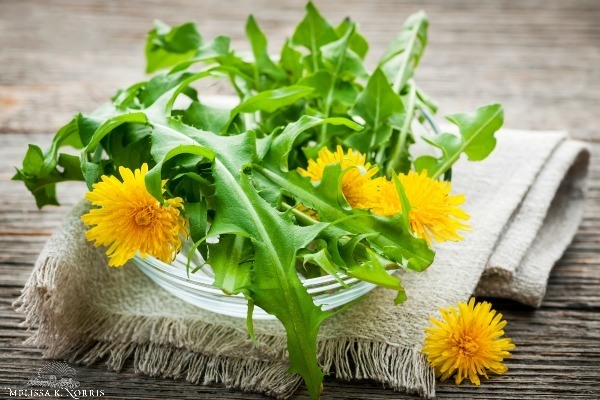
Health Benefits of Dandelions
Dandelions offer amazing health benefits:
- Strengthening bones (Source)
- Fighting diabetes (Source)
- Detoxifying your liver (Source)
- Nourishing your skin (Source)
It works like a diuretic due to its high potassium levels, which aid in lowering blood pressure, and contains various vitamins and minerals, including vitamins A, C, K, and E, potassium, calcium, and folate. (Source)
The dandelion greens offer a more nutrient-dense food than other leafy greens like spinach or kale. Eating dandelion greens can help flush out toxins, improve kidney and liver function, and flush out uric acid, leading to common ailments like gout. (Source)
While most often consumed, dandelions also make great topical remedies, medicinal balms, creams, oils, lotions and astringents.
Herbalists use dandelion’s antioxidant and anti-inflammatory properties to promote nourishment and clearing of the skin and help fight against skin infections. It can also aid in relieving muscle and joint pain, including pain caused by arthritis. (Source)
This “weed” truly benefits our health in so many ways!

How to Use Dandelion Salve
Dandelion salve is good for your hands after working in the garden, on dry, cracked feet, elbows and knees, or even on your hands in the office after hours of typing on a computer. You can also use dandelion salve as a muscle rub and even help relieve arthritis and eczema symptoms.
Since these make such a great little homesteader gift, don’t forget to stick a cute label on each jar. You can make your own or download free labels I’ve designed that I use on my own salves.
They’re always a hit at the holidays, and making them now and putting them away is one of my top tips to enjoy a stress-free Christmas season.
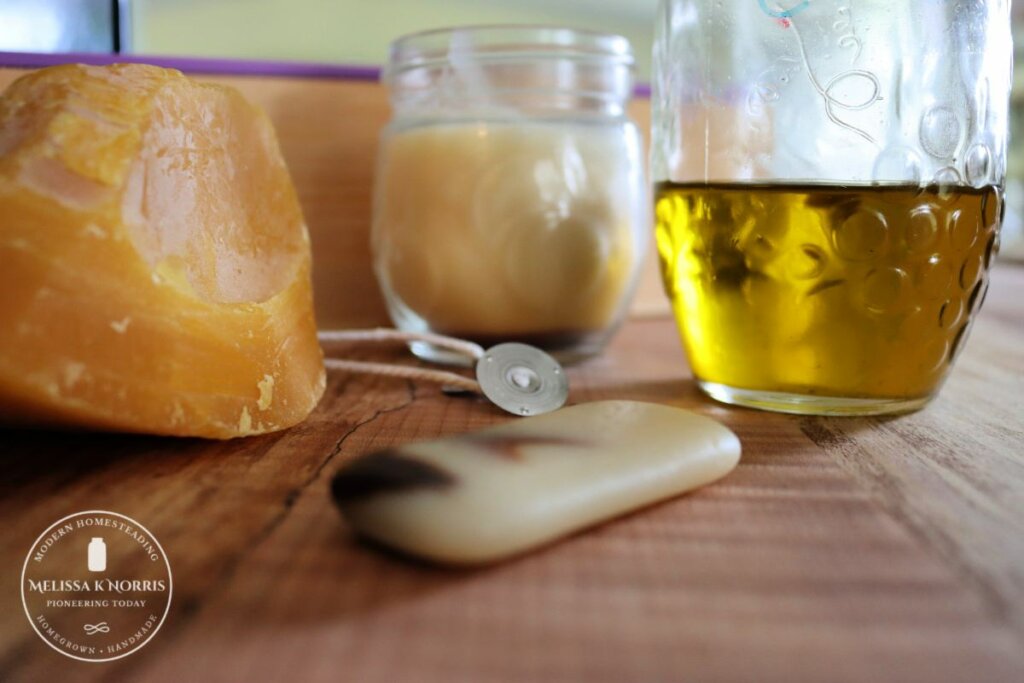
Supplies Needed
- Glass jar with lid – A pint-sized canning jar with a lid works well for infusing the oil.
- Sieve – A small stainless steel sieve works great for separating the infused oil from the dandelion flowers.
- Bowl – Set the sieve over a bowl or container of your choice to collect the infused oil as you strain out the flowers.
- Pestle or wooden spoon – Use this tool to push as much infused oil out of the flowers and through the sieve as possible.
- Double boiler – Stainless steel double boilers work great for this recipe. Make sure to clean and sterilize it before use.
- Food scale – You must use a food scale when making homemade salves, balms, ointments, or soap. You don’t need an expensive one, but it’s an important item to add to your homemade medicine cabinet. Make sure it’s durable and allows you to measure in grams, ounces, and small increments. This is the food scale I use and recommend.
- Glass measuring cup – Use a heat-proof container to measure your ingredients.
- Spoon – Use a sterilized stainless steel spoon to mix your oils to help prevent bacteria growth in your salve.
- Small containers with lids – Use small tins or glass jars. The one-ounce size tins work nicely for salves.
Ingredients Needed
- Dandelion flowers – Pick twice the amount of dandelion heads you think will fill your canning jar. So, if you are using a pint-sized canning jar, pick two pints of dandelion flower heads.
- Olive oil – Any olive oil works, but I recommend a high-quality extra virgin olive oil as the carrier oil. Pro-Tip: The dandelion flowers and olive oil will be used to make an infusion ahead of time. You need 1 cup of prepared dandelion-infused oil to make your dandelion salve.
- 2 oz. coconut oil – Use high-quality organic coconut oil. Or, substitute the coconut oil for shea butter.
- 1 oz. beeswax (grated or pellets) – I buy beeswax in big blocks from our local beekeeper. It’s cheaper by the block, but these beeswax pellets actually melt more quickly. I recommend pellets for quick measuring and use if you don’t have a local source.
- Essential oils – You can optionally add 20 to 30 drops of your favorite essential oils, such as lavender, tea tree, or frankincense, to this recipe. Pro-Tip: Learn about essential oil safety before using them!
- Water – You just need a couple of inches of water added to the bottom section of the double boiler.
- Towel – Have a damp towel on hand for spills.
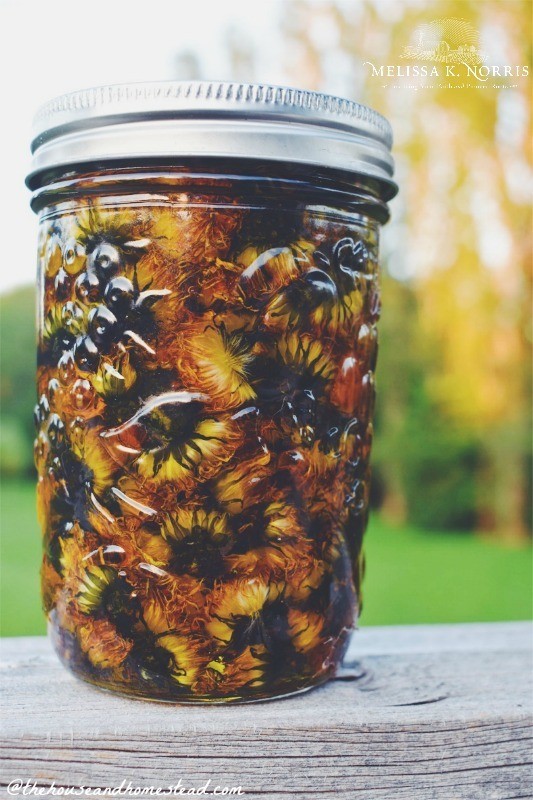
How to Make Dandelion Salve
This is a two-step recipe. Make the dandelion-infused oil at least two to six weeks before you make the salve.
Making Dandelion Oil
- Pick dandelions fresh in the morning in the early spring when they are in season. You only need the flowers for this salve.
- Pop the flowers off the stems. I use my thumb to pop them off. Set the leaves and stems aside to use for dinner.
- Spread the flower heads out in a single layer on the counter and let them air dry for a day or two. Pro Tip: Infused oils will grow mold if you use fresh flowers with moisture in them. But at the same time, dandelions easily go to seed if left to dry out for too long. If they go to seed, you don’t want to use them because the oils diminish once the flowers go to seed.
- After you’ve dried them out just enough, pack them into a jar (a Mason jar works perfectly for this), and once you’ve packed as many of them as you can in the jar, top with a liquid oil. I use olive oil which is incredibly moisturizing. Also, most of us have olive oil sitting in our pantries already. But you could also use jojoba oil, sweet almond oil or any other liquid oil you choose.
- Cover the jar with a lid to protect against dust or insects in your infused oil.
- Let it infuse for 2 to 6 weeks. I like to allow mine to infuse for a few months. Still, a few weeks is sufficient to extract much of the medicinal properties out of dandelions.
- Once you’ve sufficiently infused your oil, pour it through a sieve and use a pestle or the back of a wooden spoon to press on the flowers and squeeze out as much oil as possible while separating them from the oil. Reserve the oil and compost the dandelion flowers.
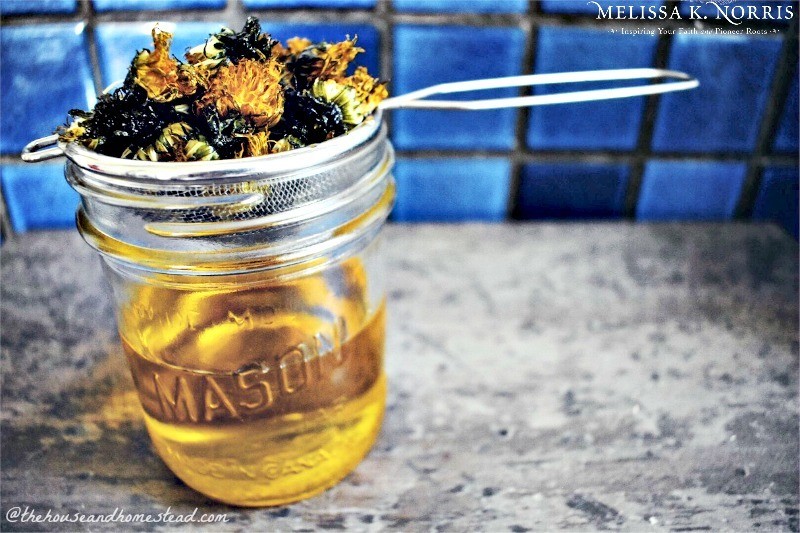
Making Dandelion Salve
- Measure out your dandelion oil, beeswax and coconut oil in a heat-proof melting container, like a glass measuring cup, using a food scale for accuracy. If you don’t have a kitchen scale, melt 1 cup of coconut oil and fill it with approximately 1/2 cup of beeswax pellets (or 1 cup of grated beeswax) and 1 cup of dandelion oil.
- Add all the ingredients, besides the essential oils, to the top section of the double boiler. Add a few inches of water to the bottom portion of the double boiler. Heat on medium until all the oil and beeswax melt together. Stir to mix well.
- Let it cool in the pot for about 5 minutes, and then add 20-30 drops of essential oils (if using). I suggest using lavender, tea tree, or frankincense, as they also support healthy skin.
- Carefully pour the mixture into small tins or jars and let them cool for a few hours until completely solid.
- Throw a lid on, add a pretty label, stock your medicine cabinet, and stash a few away to give as gifts.
- Store at room temperature away from any heat source. The oils can melt in high temperatures.
Did you make this remedy? If so, please leave a star rating in the recipe card below. Then snap a photo of your dandelion salve and tag me on social media @melissaknorris so I can see!
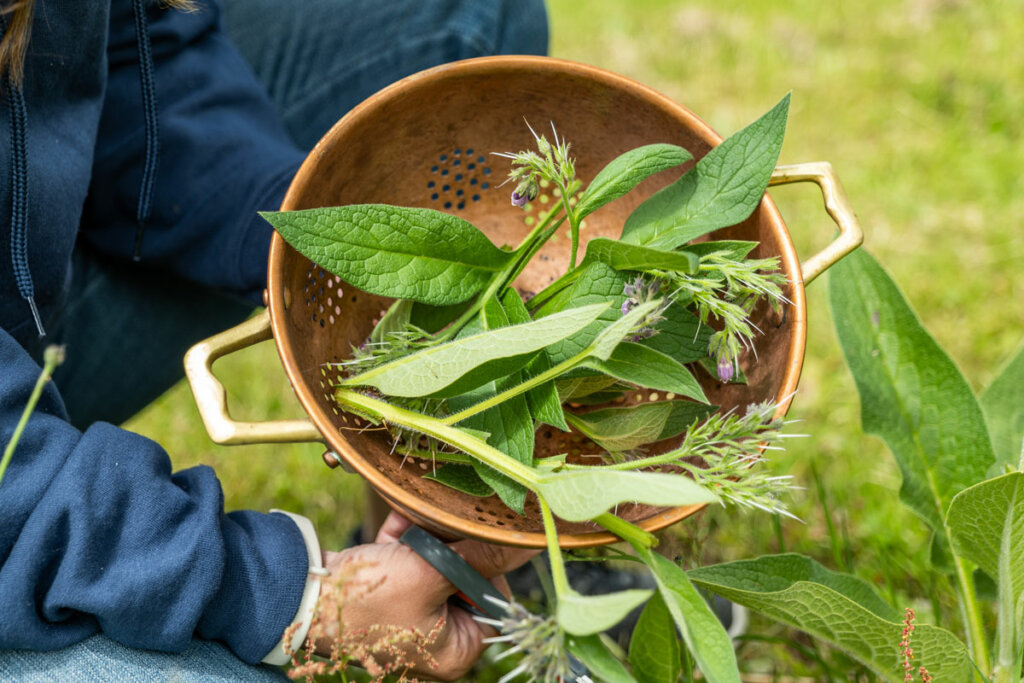
Practical Home Herbalism
It’s so easy to grab over-the-counter medications for muscle aches and pains, but it’s so freeing to use herbal remedies at home. So how do you know what to grab when you get minor illnesses, rashes, acne, pulled muscles, colds, and flu?
In my course, I’ll teach you how to listen to your body, learn what remedies work best for you, and even how to make them yourself to build up your herbal medicine cabinet.
Following along with me will build your confidence in using these remedies for yourself and your family.
The course will be available in the fall of 2023, but for now, you can join the waitlist and get my FREE mini herb course. Then, when doors open for the Practical Home Herbalism course, you’ll be the first to know.
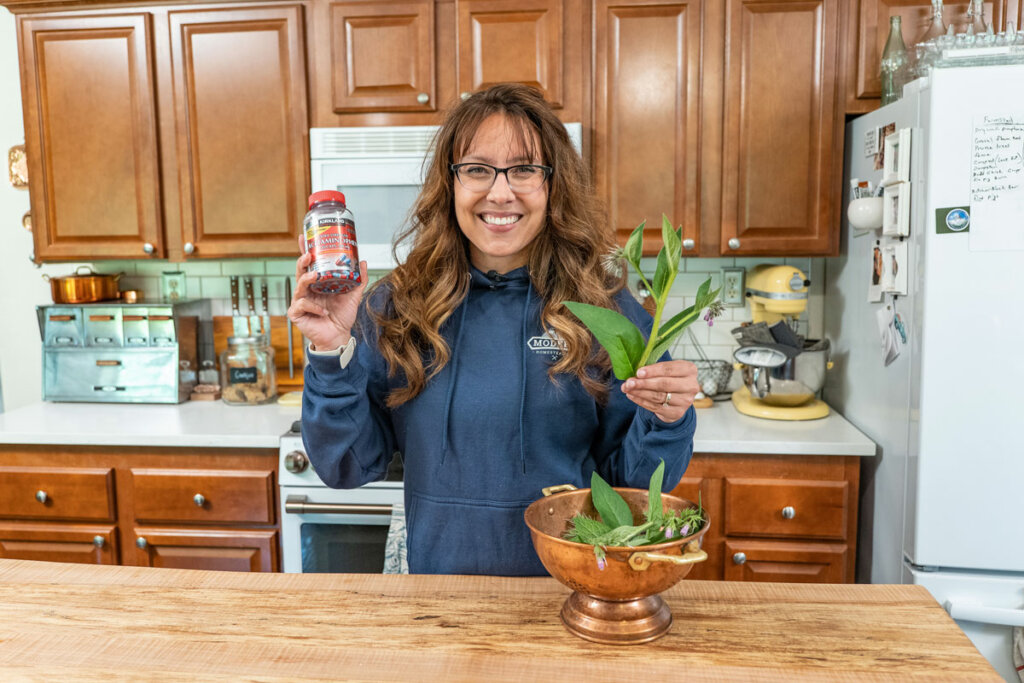
Other Articles You May Enjoy
- Herbal Would Healing Salve
- Peppermint Salve
- Herbal Stress Relief Capsules (Natural Remedy)
- Comfrey Poultice
- Lard for Skin Care (with Farrow Skincare)
- Homemade Calendula Oil (+ How to Use It)
- Natural Insect Repellent (Do They Work + Recipe)
- How to Use Herbs and Natural Remedies at Home
- 5 Rules for Foraging for Wild Edibles
- Cottage Garden
- Alternative Medicine (& What to Do if Your Medicine Isn’t Available)
- Medicinal Herb Garden (Planning & Growing)
This Dandelion Salve recipe is courtesy of Anna from The House and Homestead and was originally published as one of the first guest posts on my website. It has recently been updated with more health information (including sources) and updated step-by-step instructions.
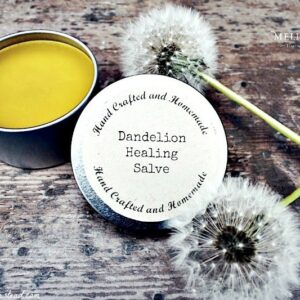
Homemade Dandelion Salve
Equipment
- double boiler
- 1 ounce tins
Ingredients
For the Dandelion Oil
- 2 cups dandelion flowers dried
- 1 cup olive oil
For the Dandelion Salve
- 1 cup infused oil
- 2 ounces coconut oil
- 1 ounce beeswax pellets
- 20 drops essential oils lavender, tea tree or frankincense
Instructions
To Make the Infused Oil
- Pick dandelions fresh in the morning in the early spring when they are in season. You only need the flowers for this salve.
- Pop the flowers off the stems.
- Spread the flower heads out in a single layer on the counter and let them air dry for a day or two.
- After you’ve dried them out just enough, pack them into a jar (a Mason jar works perfectly for this), and once you’ve packed as many of them as you can in the jar, top with a liquid oil. I use olive oil which is incredibly moisturizing. Also, most of us have olive oil sitting in our pantries already. But you could also use jojoba oil, sweet almond oil or any other liquid oil you choose.
- Cover the jar with a lid to protect against dust or insects in your infused oil.
- Let it infuse for 2 to 6 weeks. I like to allow mine to infuse for a few months. Still, a few weeks is sufficient to extract much of the medicinal properties out of dandelions.
- Once you’ve sufficiently infused your oil, pour it through a sieve and use a pestle or the back of a wooden spoon to press on the flowers and squeeze out as much oil as possible while separating them from the oil. Reserve the oil and compost the dandelion flowers.
To Make the Dandelion Salve
- Measure out your dandelion oil, beeswax and coconut oil in a heat-proof melting container, like a glass measuring cup, using a food scale for accuracy. If you don't have a kitchen scale, melt 1 cup of coconut oil and add 1/2 cup of beeswax pellets (or 1 cup of grated beeswax) and 1 cup of dandelion oil.
- Add all the ingredients, except the essential oils, to the top section of the double boiler. Add a few inches of water to the bottom portion of the double boiler. Heat on medium until all the oil and beeswax melt together. Stir to mix well.
- Let it cool in the pot for about 5 minutes, and then add 20-30 drops of essential oils (if using). I suggest using lavender, tea tree, or frankincense, as they also support healthy skin.
- Carefully pour the mixture into small tins or jars and let them cool for a few hours until completely solid.
- Throw a lid on, add a pretty label, stock your medicine cabinet, and stash a few away to give as gifts.
- Store at room temperature away from any heat source. The oils can melt in high temperatures.
Notes
- Pro Tip: When infusing your oils, be sure your flowers are completely dry. Infused oils will grow mold if you use fresh flowers with moisture in them. But at the same time, dandelions easily go to seed if left to dry out for too long. If they go to seed, you don’t want to use them because the oils diminish once the flowers go to seed.
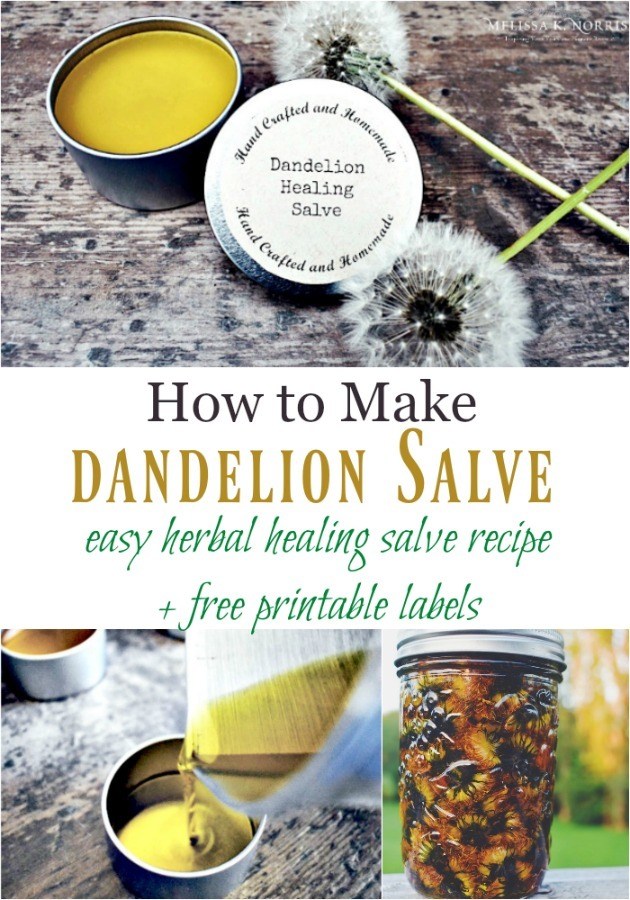
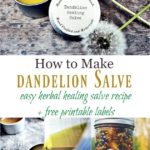
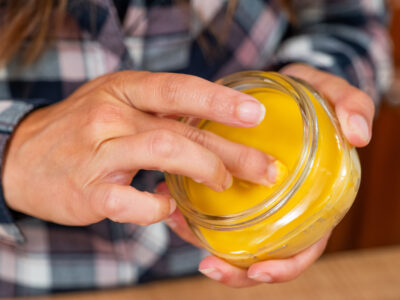
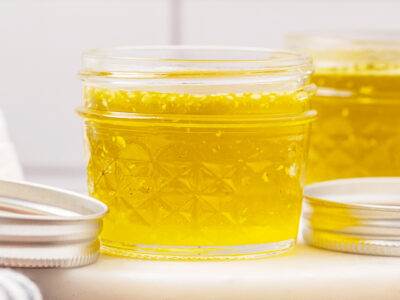
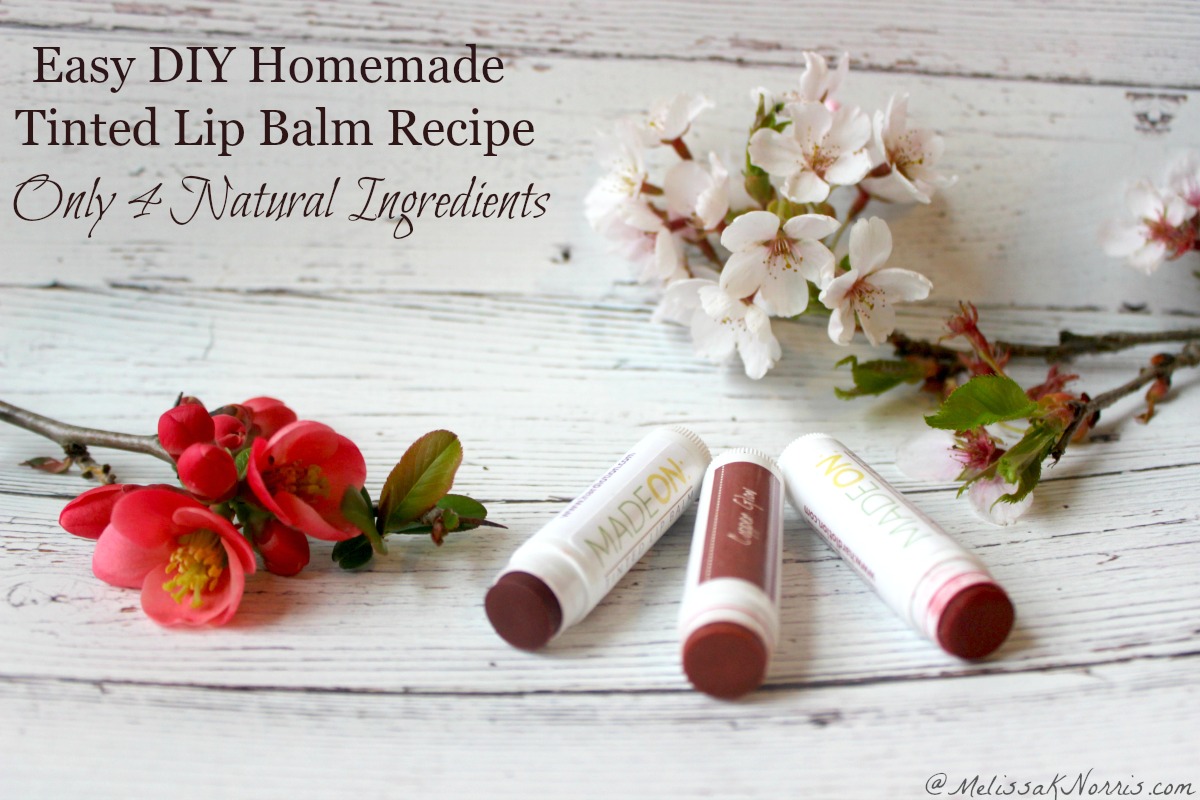
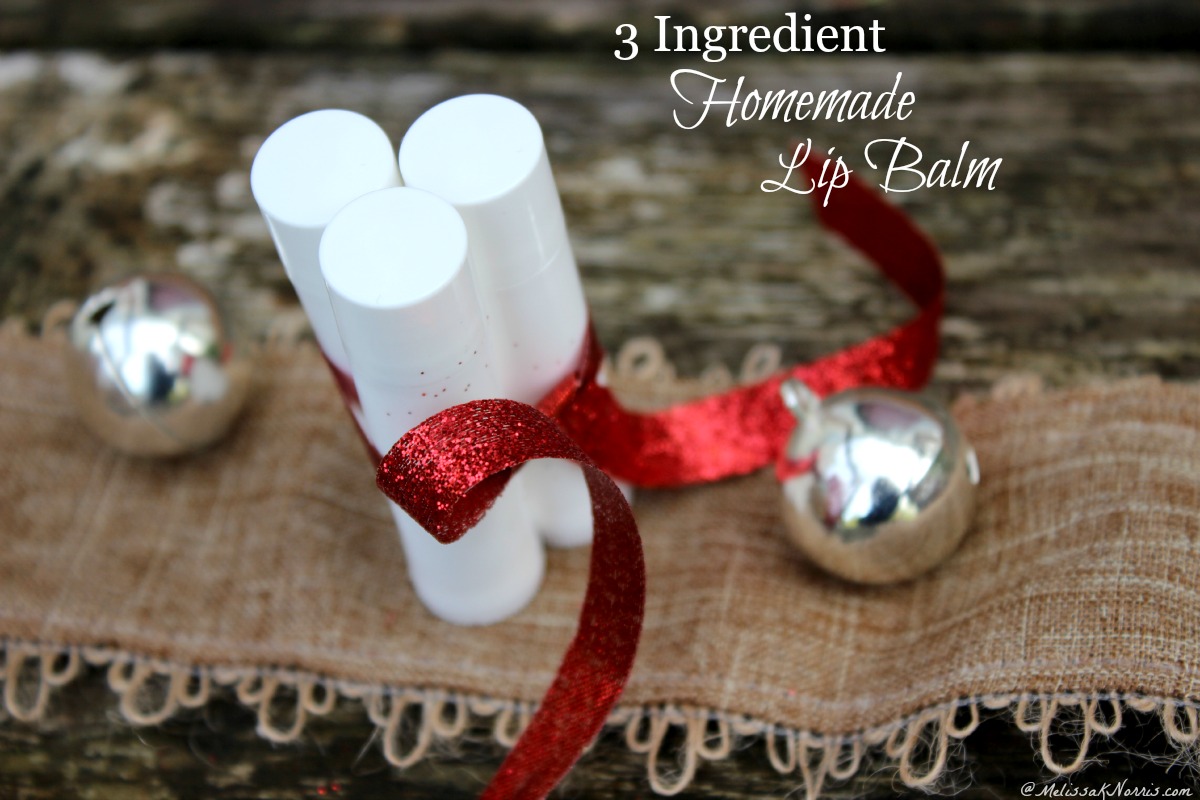
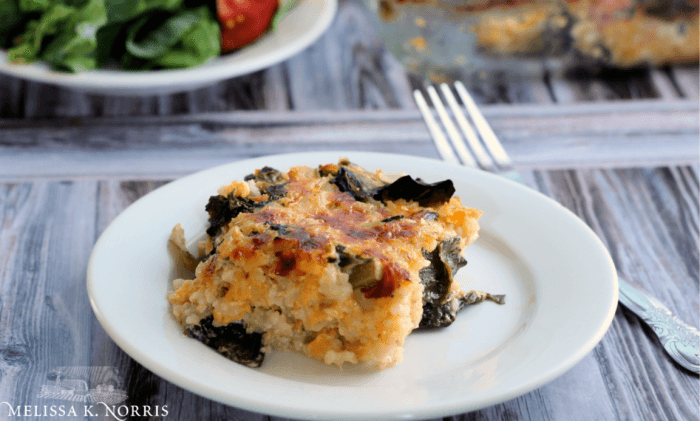
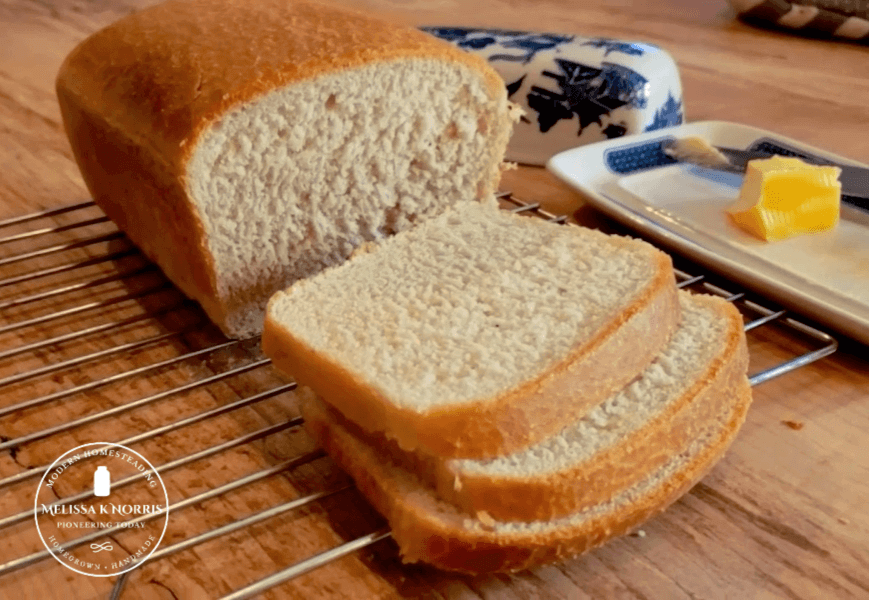
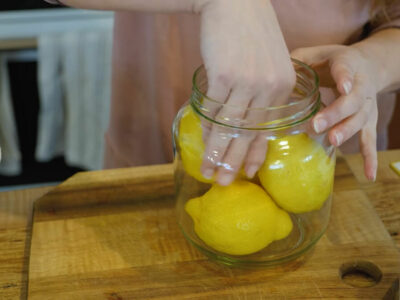
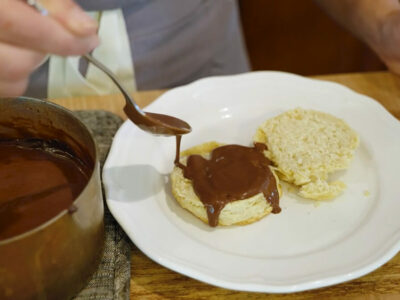
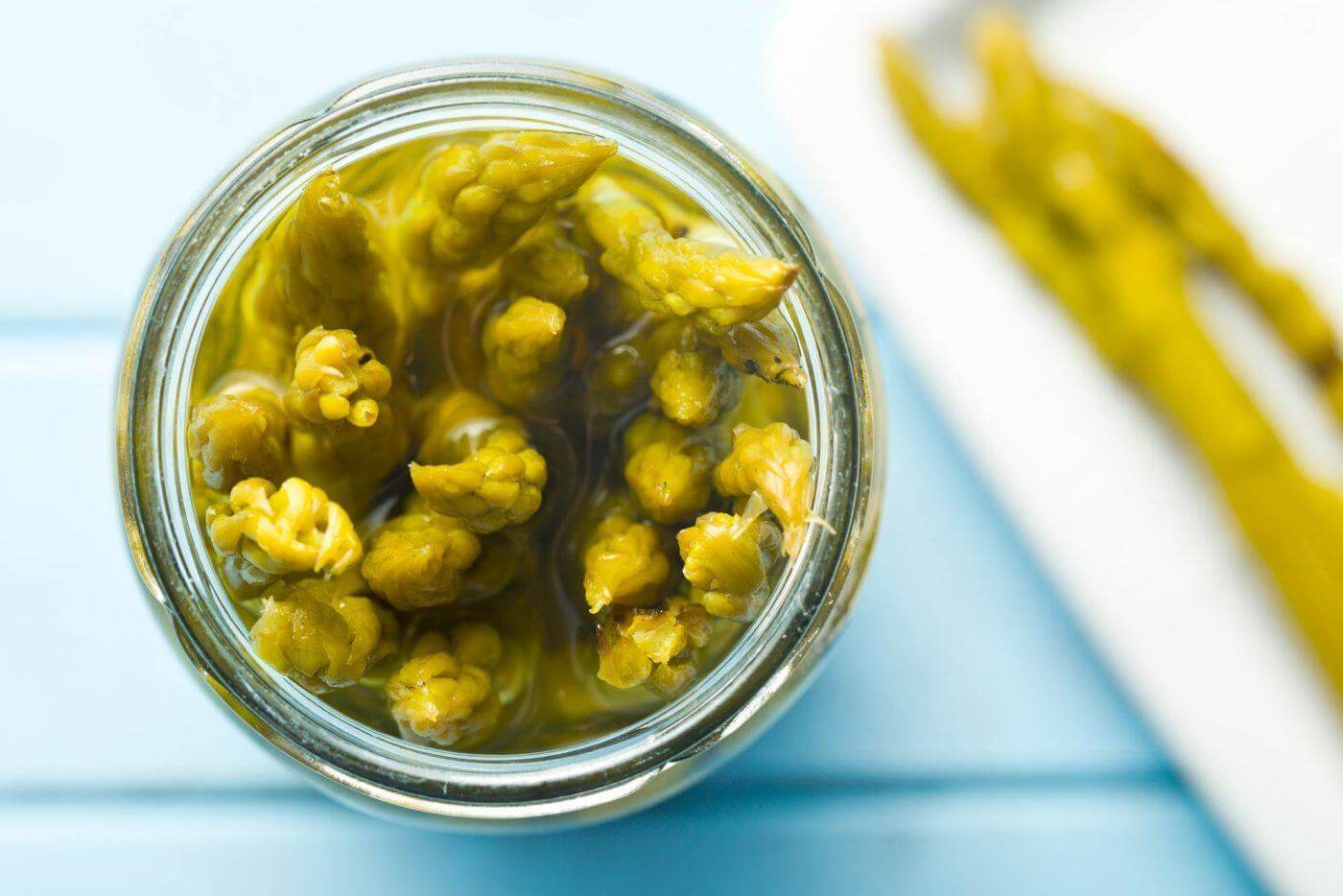

There are two types of dandelions which are you using or do they both work??
Your step-by-step instructions are incredibly clear and easy to follow, making it accessible even for beginners. I love how you highlight the benefits of dandelions and their healing properties. The inclusion of practical tips, such as properly drying the dandelions and choosing the right carrier oils, is especially helpful. Your emphasis on using natural and readily available ingredients resonates with my commitment to eco-friendly practices.
thank you for this! we always pick and eat them in the spring!
i can’t figure out how to print this recipe/instruction.
please help!?
thanks, elizabeth
My true dandelions are scarce. I do have plenty of the related flower that grows tall on divided stems. It may be called cat’s claw. It has a hairy leaf. Can I substitute it for dandelions in the salve?